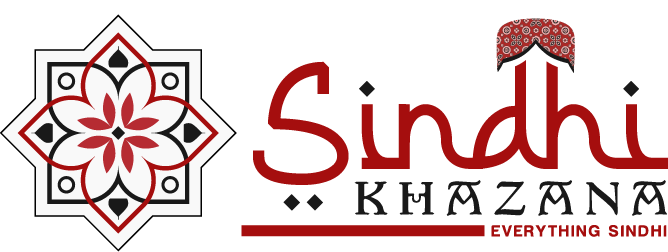Nasreen Askari and Hasan Askari
Paul Holberton Publishing, London
Mohatta Palace Museum, Karachi, 2019
The book is well-researched documentation on the textiles of Sindh, especially of the desert, Tharparkar. The authors, Nasreen Askari and Hasan Askari, aim to highlight the hitherto unappreciated textile tradition of Sindh that has been existing for over 5000 years. Nasreen Askari curated the first major international exhibition of Pakistani textiles, The Colours of Indus, in 1997 at Victoria and Albert Museum, London, which later went on to be exhibited at the National Museum of Scotland. She co-founded the Mohatta Palace Museum, dedicated to the arts of Pakistan, where she still works as its director and has curated over 25 exhibitions.
The introductory chapter discusses how the strategic location of Sindh for several trading routes exposed it to various cultural influences on its “food, crafts, music and religious outlook”. It goes on to explain how the textiles and embroideries of Sindh were carried onto the deserts of Kutch and Rajasthan. The chapter on the role of the enterprising Sindhi Hindu businessmen (the Sindhworkis) plying local crafts abroad in the early 1900s which in turn helped to conserve the Sindhi crafts and textiles is a heart-warming appreciation of these traders. The other chapters which deal with intricate stitches used by the communities in Sindh and the introduction to these communities are of immense help to a layman to gather preliminary knowledge before plunging into the main component of the book – the collection. The information on how the motifs, the colours and the stitches on the clothes worn by the people help to decode their language, the community they belong to, their traditions and so on is an eye-opener. The little anecdotes that are sprinkled in these articles and the personal experiences of the authors prevent these chapters from becoming a dry scholastic read.
The book features a stunning collection of 120 examples of the textiles (embroideries, block-printing, dyeing and weaves) of Sindh, a collection that took five decades to compile. Each piece is explained with the name of the object, its source and utility and the stitches and colours used to enhance the piece. From the objects of everyday use and clothes for both men and women such as gaj, kurtas, cholas, angharkhas, waist belts, rumals, odhnis, skirts, shawls, wraps, khes(mats),rallis (spreads) to objects of adornments for camels, horses and bullocks, each piece is showcased for its rich embroidery or weave in myriad colours.
The book written in an engaging style is a useful addition in the quiver of authoritative books on the subject for both a layman and an expert looking for information on the textiles of the deserts of Sindh, and by cultural extension, to those of Kutch and Rajasthan.
Jyoti Mulchandani
Ahmedabad


Give a Reply